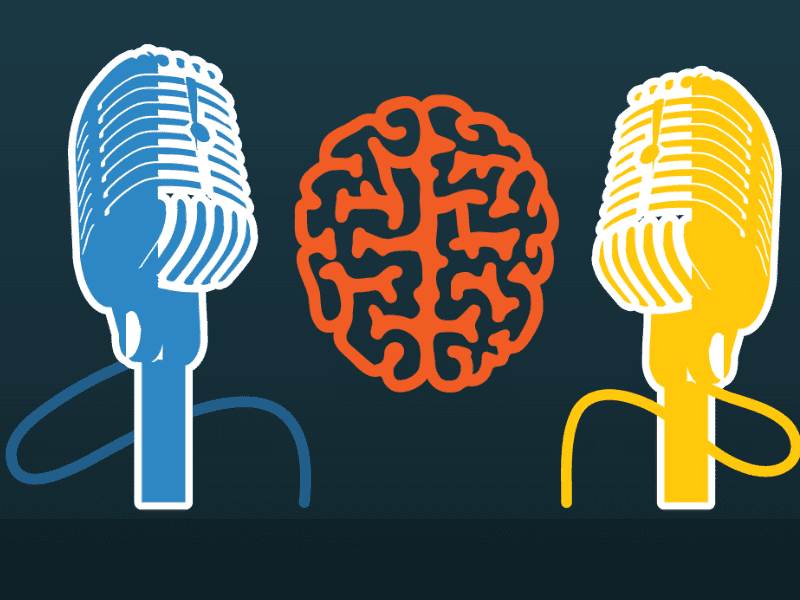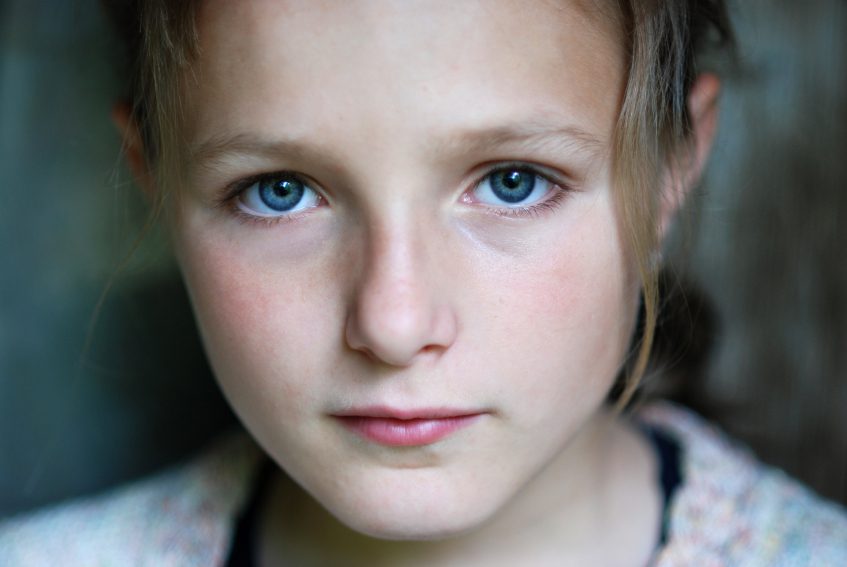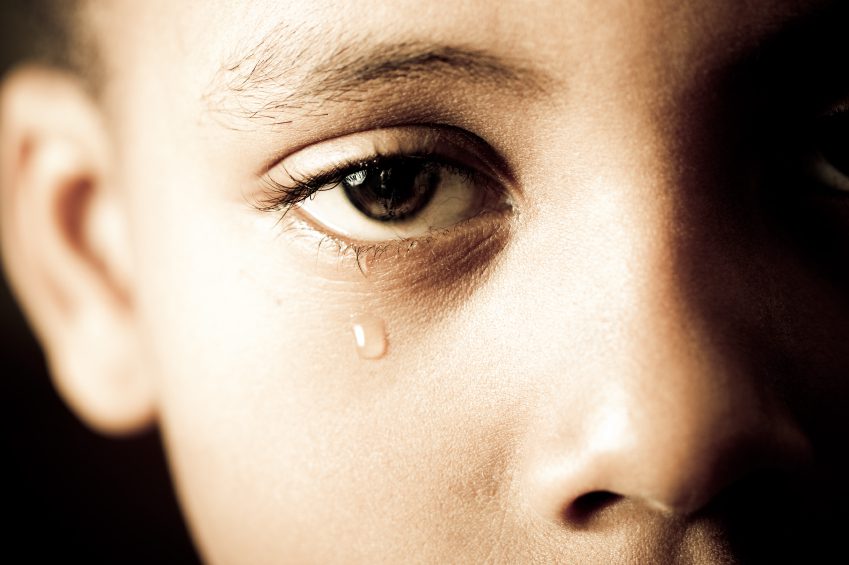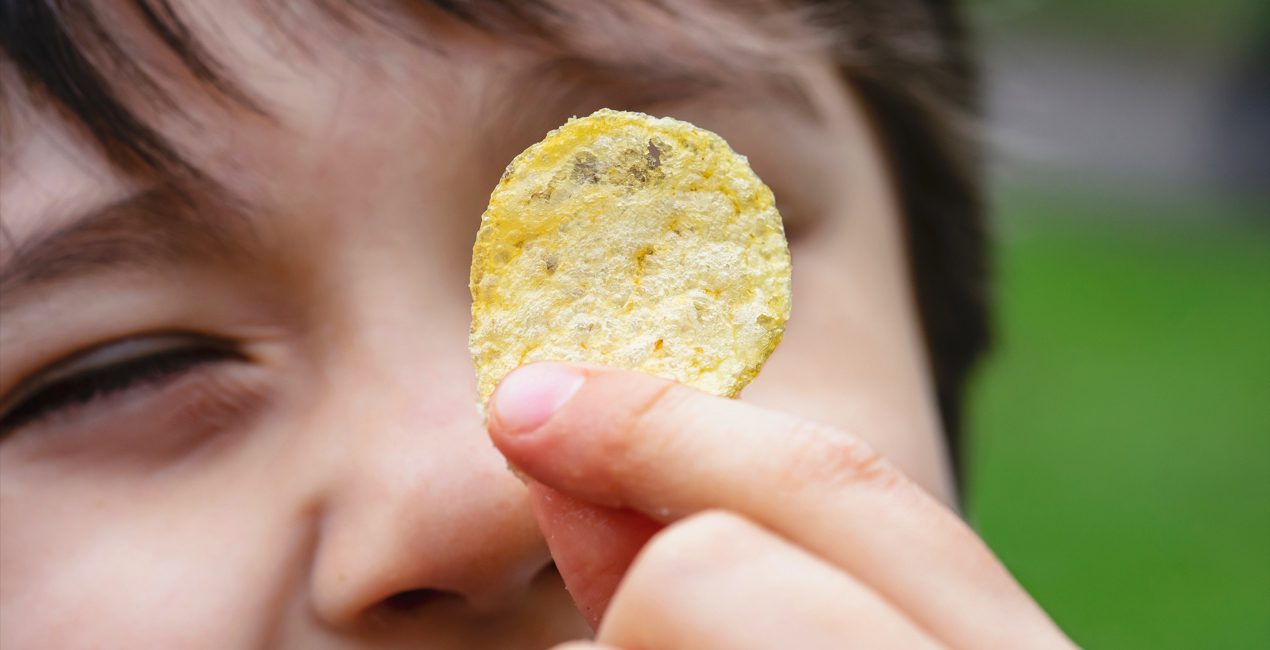Grade School
Fears & Phobias in Kids, feat. Susan Sprich, PhD – Shrinking It Down

Fears and phobias are not the same thing.
All of us have fears – kids and adults alike. Many of us even enjoy a good scare now and again (there’s a reason why horror movies do so well). And most fears in our children – real or imagined – eventually respond to reassurance, emotional calming, or distraction.
Programs and Services
The Clay Center for Young Healthy Minds at MGH (“The Clay Center”) mission is to promote well-being by providing mental health education to aide in the prevention, reduction and de-stigmatization of mental illness in young people.
¿Qué sucede si mi hijo tiene un trastorno obsesivo compulsivo (TOC)?

Al escribir este artículo, revisé mi computadora tres veces hoy para asegurarme de haberlo guardado.
What If My Child Has an Anxiety Disorder?

Seth just started driving, and he’s doing pretty well. The written test was a breeze, and on the streets around his house he feels comfortable. He even volunteered to drive his little sister to the mall.
Low Self-Esteem: Where Does It Come From and What Can Adults Do to Help?

You can also listen to more about self-esteem below, or ‘Shrinking It Down’ wherever you get your podcasts.
Download our PDF on Low Self-Esteem
Let’s consider two adolescent scenarios.
Supporting Your Child in the Face of Trauma

Este artículo está disponible en español.
Trauma Support PDF
As noted in Trauma: What Parents Should Know, trauma is a physical and emotional reaction to a real or perceived threat to safety and security.
Apoyar A Su Hijo Frente Al Trauma

Como se explicó en Trauma: qué deberían saber los padres, el trauma es una reacción física y emocional a una amenaza a la seguridad real o que se perciba como tal.
Trauma: Qué Deberían Saber Los Padres

El trauma es una respuesta emocional y física a un suceso amenazante o que se percibe de esa manera. Algunos ejemplos de sucesos específicos que pueden ser traumáticos incluyen violencia, abusos, bullying o abandono.
Trauma: What Parents Should Know

Este artículo está disponible en español.
PDF Download – Childhood Trauma
Trauma is an emotional and physical response to an event that is actually or perceived as threatening.
Como ayudar a su hijo a romper su relación con la comida chatarra sin dañar su salud mental

He tenido muchas relaciones a lo largo de mi vida. He desarrollado conexiones con familiares, amigos y compañeros de trabajo, y cada relación ha sido excepcionalmente compleja.




